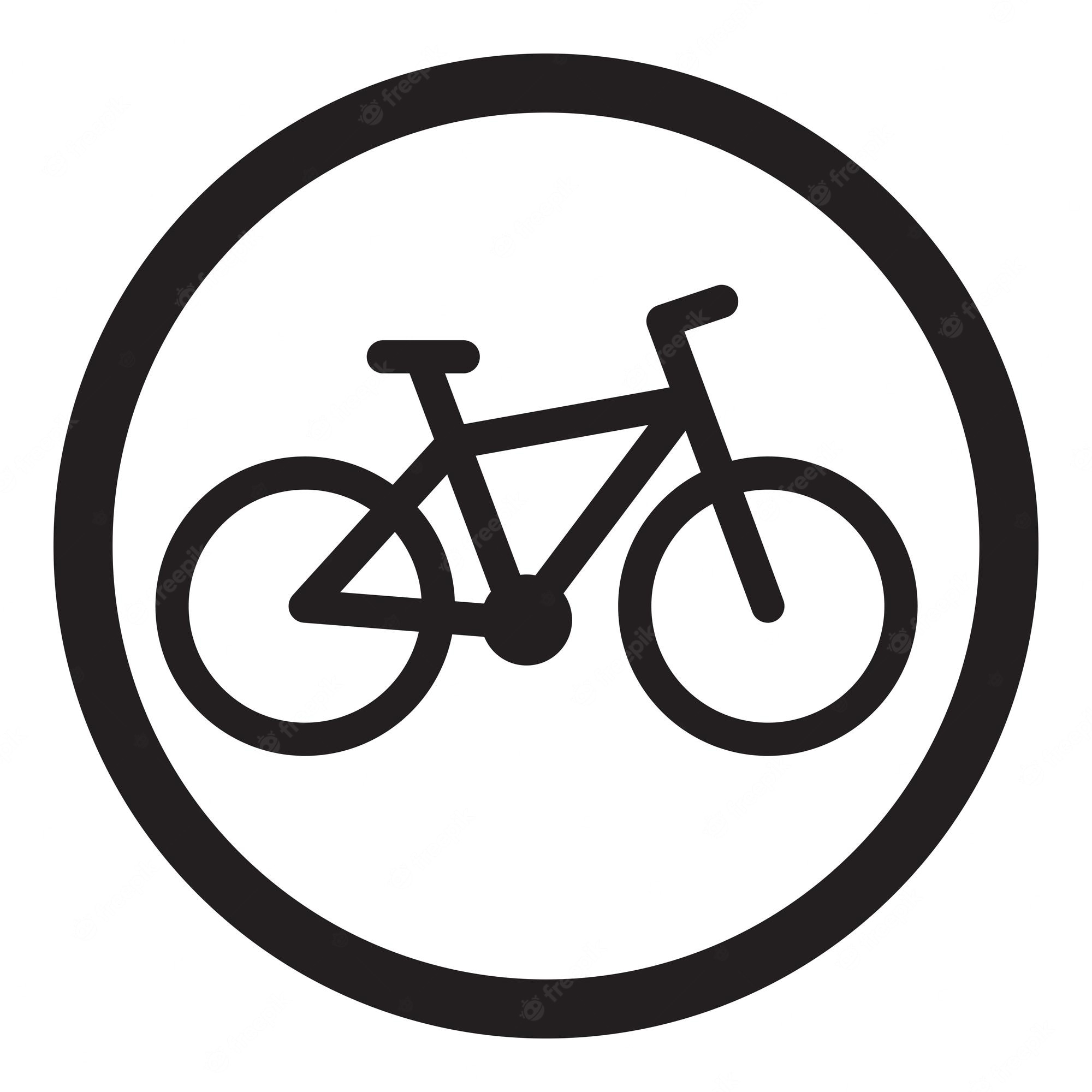
Feature highlights:
- Thru-axle and QR compatible
- Built-in torque arm
- 11-speed cassettes
- Integrated cadence PAS sensor
- Made in Canada
Sadly it didn’t get a torque PAS sensor.
If you’re in the market for an electric conversion kit and you like the idea of direct-drive hubs, it probably doesn’t get better than this.


Cadence sensors like this suck though. Torque sensors are far superior.
I’ve never ridden an ebike. Care to explain the difference in practical terms? I imagine cadence and torque are roughly correlated, but with cadence sensors you’d have to pay more attention to your hearing?
I’ve really no idea, like I said I have zero experience with ebikes.
Cadence sensors detect how fast the cranks are spinning and apply power based on that, although I’m not super clear on where it detects the motion when integrated into a hub like this example. Torque sensors detect how much power you’re outputting and apply power based on that.
With cadence sensors you can shift into an easy gear and spin the pedals and have the motor do all of the work, torque sensors add a percentage of your power and make it feel like you’re riding a normal bike but are x% stronger. In general people that are already serious cyclists strongly prefer torque sensors but a well tuned cadence sensor can be fine on a utility type bike where you’re not as picky about how the power gets applied.
Torque sensors cost more.
Not sure on these ones specifically but the experience of a cadence sensor for me is rapid and unintuitive acceleration. In this way I think torque sensors, despite higher cost, are much more fit for regular non-serious cyclists like me.
Of course the comment OP should head over to a couple ebike stores and do some test rides to evaluate this and other factors for themselves if they’re able.
I have very little experience on cadence sensors but have heard people discuss tuning them to be better. I don’t want to poopoo something I haven’t used and can believe that with proper software it can be acceptable for some uses.
Thanks for the thorough answer! I’ll have to keep that info in mind for when my knees finally give out (or if I start a much longer commute)
Try a reputable bicycle brand mid-drive ebike at an expo or a store if you get a chance. You may not necessarily want that but it’ll give close to the best experience an ebike can give.
Yes to all of this. Torque sensors feel significantly better so if price isn’t a big deal, I’d always go with that over a cadence sensor. I’ve ridden both.
While this is true, you could easily hook up a torque sensor to this setup in the form of a torque-sensing bottom bracket. Grin currently has a left-crank-measuring cheap option that isn’t amazing but it’s significantly better than a cadence sensor. Then there’s the dual-crank option for a good chunk more. I’m running a version of the latter and it feels pretty amazing. My motor’s different though. It’s a smaller and lighter geared hub - Bafang G310. The G310 is more appropriate for as-light-as-possible applications. In fact the front version of this hub is probably the lightest option.